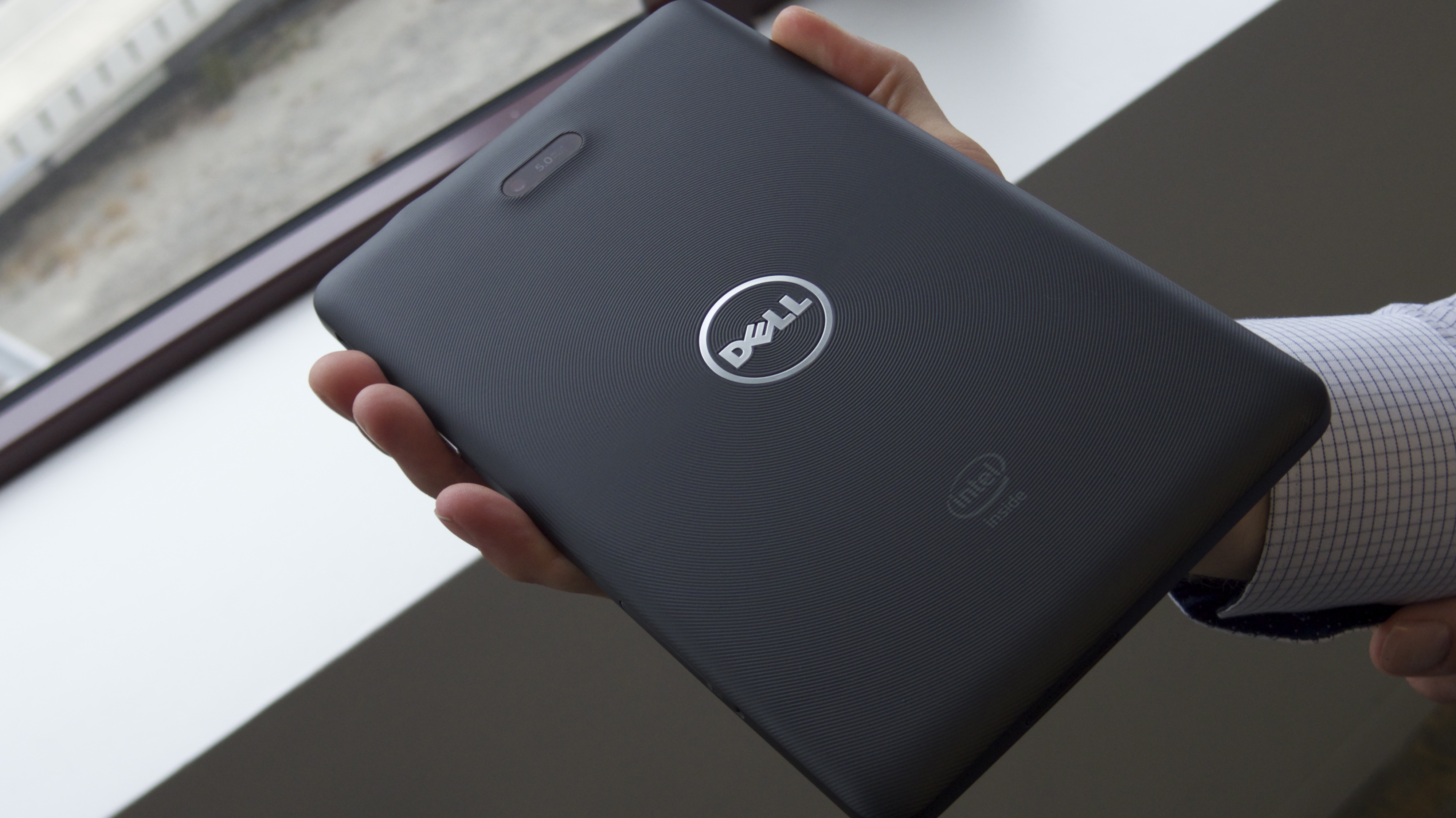Managing a remote workforce: what you need to consider
Follow these basic steps when managing remote employees

Cloud, smartphones and tablets are allowing a new generation of employees to work remotely.
Giving up the office allows business to be flexible, as well as cutting overheads. But with this flexibility comes complexity: how should a remote workforce be managed?
Up to date technology
If an employee is working from home, PCs or laptops should also be as up to date as possible. Some employees will be able to use their home computers, but they must be equipped with the latest software. On the hardware side, if a home machine is more than a few years old, it's a good idea to replace it. When you replace hardware, remember that the total cost of ownership (TCO) will likely be lower on a more powerful and expensive PC.
Adequate bandwidth
You'll also need to make sure staff have an adequate internet connection, especially if your business uses high bandwidth applications. For any employees struggling with slow connections, consider 4G services offered by UK mobile operators. Also make sure staff have a phone line set up, whether it's a landline or a mobile. If employees are using their home phone line, you will need to discuss a fair way of splitting the bill.
Consider security
Sign up to the TechRadar Pro newsletter to get all the top news, opinion, features and guidance your business needs to succeed!
Your employees must be properly set up in their home office. To an extent, they will be taking security into their own hands, and potentially your company data will be exposed. Therefore, staff must be educated about the basics in keeping their mobile devices, laptops and PCs - as well as your data - safe. Included within this, they should have adequate security software. Without a doubt, they must have anti-virus set up, with at least a basic firewall on top of this.
Stay in contact
It's a good idea to stay in regular contact with employees, especially when they first start working remotely. You can deploy specific efficiency-monitoring reporting systems for remote staff, but this can actually make them less productive. However, employees do need guidance. Using instant messaging (IM) services and social media are a great way of staying in contact: these methods are more casual than a phone call, but often more direct than email. Some CEOs prefer to use video calls as an added point of contact. Video is a great replacement for face-to-face meetings, especially if your remote workers are unable to travel.
Work from the cloud and approved productivity apps
Cloud is the ideal solution for employees who work remotely. It allows you to store all your company information in one place, protecting your data and making it quick and easy to access when needed. Compile a cloud strategy, and then discuss some approved productivity applications if employees work on the move. They can download these tools on their smartphone or tablet, allowing them to access cloud storage services as well as many other social productivity tools. This will help staff stay in contact and in turn, increase your efficiency.